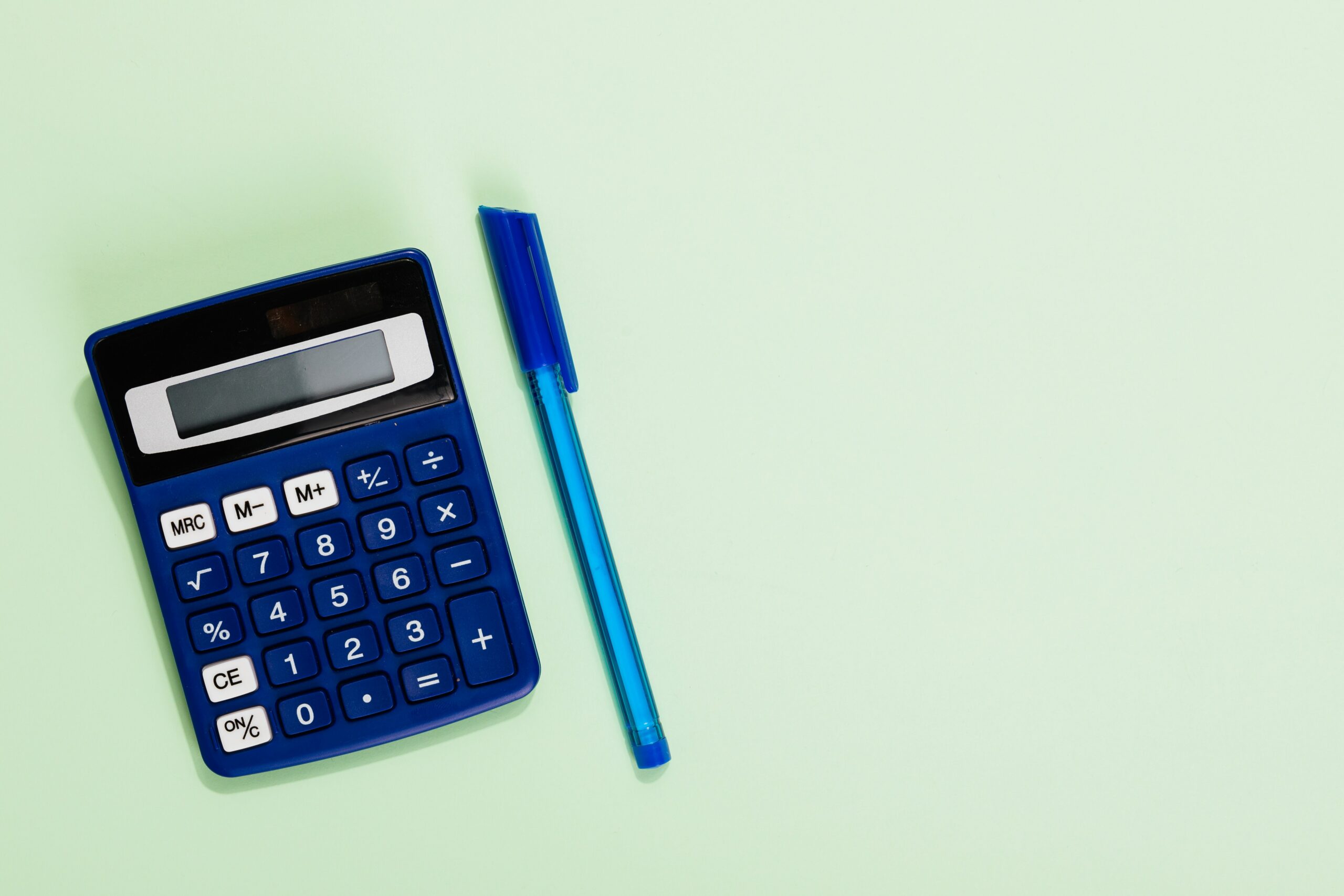With the end of the tax year approaching, now is the time to review your gains and losses in the tax year, as well as planned disposals, to assess whether it is beneficial to make any further disposals in 2021/22.
All UK taxpayers are entitled to an annual exempt amount for capital gains tax purposes. Net gains (chargeable gains less allowable losses) for the tax year are free of capital gains tax to the extent that they are covered by the annual exempt amount. For 2021/22, the annual exempt amount is set at £12,300 and has been frozen at this level until 5th April 2026.
Use it or lose it
As with the personal allowance for income tax purposes, the capital gains tax annual exempt amount is lost if it is not fully used in the tax year – it is not possible to carry forward any unused part of the 2021/22 annual exempt amount to 2022/23.
What happens if I make a loss?
Losses realised in a tax year must be set against any gains for the same tax year to arrive at net chargeable gains, before applying the annual exempt amount. You cannot preserve the losses by using the exempt amount against the chargeable gains. However, there is no need to use losses brought forward from earlier tax years before utilising the annual exempt amount.
For example, if in a tax year you realise a gain of £14,000 and a loss of £6,000, the net gains for the year are £8,000. These are sheltered entirely by the annual exempt amount of £12,300. It is not possible to set the annual exempt amount against the chargeable gain to reduce it to £1,700, then use only £1,700 of the loss, carrying the remaining £4,300 forward.
What are the rules for married couples and civil partners?
Married couples and civil partners can take advantage of the rule that allows them to transfer assets between them at a value that gives rise to neither a gain nor a loss (i.e. the transferor’s base cost). This effectively allows them to shift some or all of a gain from one spouse or civil partner to the other. This is useful to ensure both partner’s annual exempt amounts are utilised.
Year End Planning Examples
Case Study 1
Neil is planning to sell some shares in Spring 2022 and expects to realise a gain of £10,000. He has not made any disposals so far in 2021/22.
If he sells his shares prior to 6 April 2022, the disposal will fall in the 2021/22 tax year. As his annual exempt amount has not been used, this is available to shelter the gain. Making the disposal prior to 6 April 2022 leaves his annual exempt amount for 2022/23 available to set against any disposal in the 2022/23 tax year.
Case Study 2
Duncan and Andrea are married. Andrea sold a painting in May 2021 realising a gain of £15,000. This utilised her annual exempt amount in full. She plans to sell another painting and expects to realise a gain of £10,000.
If Andrea sells the painting in 2021/22, she will pay capital gains tax on the gain. However, if she transfers the painting to Duncan prior to sale and Duncan sells the painting, the gain will be Duncan’s rather than Andrea’s and will be sheltered by his annual exempt amount, saving the couple capital gains tax.
For further information the annual exempt amount for Capital Gains Tax purposes or to discover how to gain greater visibility and insight for your business, get in touch. Simply call 0800 112 0880 or email [email protected] – a growing business needs more from their accountant.

